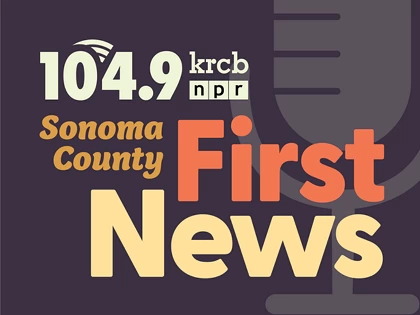 photo credit: CA National Guard
photo credit: CA National GuardAftermath of 2017's Tubbs Fire in Santa Rosa
Flooding is front of mind after a winter of epic precipitation - but fire’s never far off, especially as temps heat up this week.
Prediction can be a perilous pursuit, but for Ben Nicholls, a division chief with CalFire’s Sonoma-Lake-Napa Unit, forecasting is just part of the job.
"We are one bad day away from a significant fire event," Nicholls said.
Nicholls said the start of the year has been refreshingly quiet for the Sonoma-Lake-Napa Unit.
"Our fire starts are drastically lower than what we've experienced across the last five years, and especially this last year," Nicholls said. "Right now, this time this year, we've had 11 wildland fires in the Sonoma-Lake-Napa unit that have burned two acres, whereas last year we were already at 67 fires and 37 acres burned."
Nicholls said though, one of the most crucial fire danger factors has nothing to do with precipitation.
"Wind trumps all," Nicholls said. "And so when you introduce wind that is the factor that creates control issues for us."
Dry offshore winds played a large part in causing major fires in 2017 and 2019 according to Nicholls, but he said heavy winter rains across the region have made an undeniable impact on the chances for large wildfires.
"By the end of fire season conditions will be different, but the bonus that we have now is that it has a smaller window of those critical fire conditions rather than some of the large windows that we've had in the last handful of years," Nicholls said.
Nicholls said the community has just as much a role to play as CalFire in keeping lives and homes safe.
"If we as a collective whole haven't done our part to provide the defense for the communities and for the the homes that you live in, then we will continue to see large, devastating fires," Nicholls said.

 Live Radio
Live Radio




